An Overview
التفريغ النصي
اخفاء التفريغAn overview on teaching back methodology. Teachback is a simple and effective way of checking that you have clearly explained information to your patients by confirming that they understand it in a non-shaming way. It involves asking patients to explain back what you have just told them in their own words. Any misunderstandings are then clarified by the health provider, and patient understanding is checked again. Teachback is defined as asking patients, in a non-shaming way, to repeat, in their own words, specifically what they need to know or do. 5TS for teaching back is a training framework intended to make the process of teach back more concrete and easier to learn. The 5TS is a standardized, operational definition of teach back containing 5 specific, observable steps, triage, tools, take responsibility, tell me, and try again. First step is the triage. During the triage step, the healthcare worker determines which one to three topics are most important and will be the focus for education and teach back. Research has shown that the more information a clinician delivers, the less information the patient will remember correctly. When more than one topic is chosen for teach back, we encourage healthcare workers to use chunk and check. The triage step is based on the concept of triage in a crowded emergency department, where healthcare workers must choose which patients to treat first. Similarly, a healthcare worker who has several pieces of information to cover must triage the information by choosing teach-back topics that are most important for the patient to remember or understand. The healthcare worker gives one topic or chunk of information at a time. This process allows the healthcare worker to deliver a larger amount of information in one teaching session, while making this amount of information manageable for the patient. By selecting the key points and stopping the delivery to perform teach back, healthcare workers are ensuring repetition and turn taking, checking reception, and encouraging recall. The second key is for tools. A tool is broadly defined as any aid that can assist the clinician with providing a clear explanation. Reader-friendly handouts, simple pen and paper drawings, models, or diagrams, use of the healthcare worker's own body, such as using the fist to represent the heart pumping. Third is about taking responsibilities. The take responsibility step is critical for the non-shaming aspect of the teach back definition. This step happens once the healthcare worker has delivered a chunk of information. The healthcare worker may state that was a lot of information and it can be hard to remember all that at once, so I want to make sure I did a good job at explaining it. The ideal take responsibility line contains two elements. The first is an acknowledgement of the quantity or complexity of the information given. This normalizes misunderstandings if they do occur, thereby reducing shame for the patient. The second is a statement implying that the healthcare worker is the one being tested rather than the patient. This element also reduces the burden on the patient and reflects the impact of teach back on the healthcare worker's communication skill development. Here are some examples of take responsibilities phrases that can be used. Next is tell me where the healthcare worker invites patients to state, in their own words, what they understood, suppose an healthcare worker spends 20 minutes explaining a new diagnosis of diabetes and then states, tell me what you learned about diabetes. In this case, the patient may be overwhelmed by the quantity of information she is required to say back and therefore may not know where to start. A more specific tell me line, such as how will you use your glucose meter when you go home, allows the patient and the healthcare worker to focus on one specific piece of information so, they are both on the same page. Finally, is the try again, if the patient does not understand the healthcare worker must explain the information again, modifying the explanation to make it clearer. The healthcare worker can assume responsibility for the error by returning to a take responsibility line, for example, I'm sorry. I must not have explained that well enough. Taking responsibility again may reduce the shame of an error for the patient. In conclusion, the triage, tools, and try again steps focus on effective information delivery, whereas the take responsibility and tell me steps serve to evaluate whether the patient received the information. We refer to the take responsibility and tell me steps as the teach-back leaden. Using all 5TS encourages the inclusion of both delivery and reception. Thank you, continue to the next session.
محتوى البرنامج
- Pre-test image
- Pre-test
أنت على وشك بدء الاختبار. Pre-test
فور بدء الاختبار سوف تحسب لك محاولة جديدة لأخذ الاختبار
- Post-test image
- Post-test
أنت على وشك بدء الاختبار. Post-test
فور بدء الاختبار سوف تحسب لك محاولة جديدة لأخذ الاختبار
